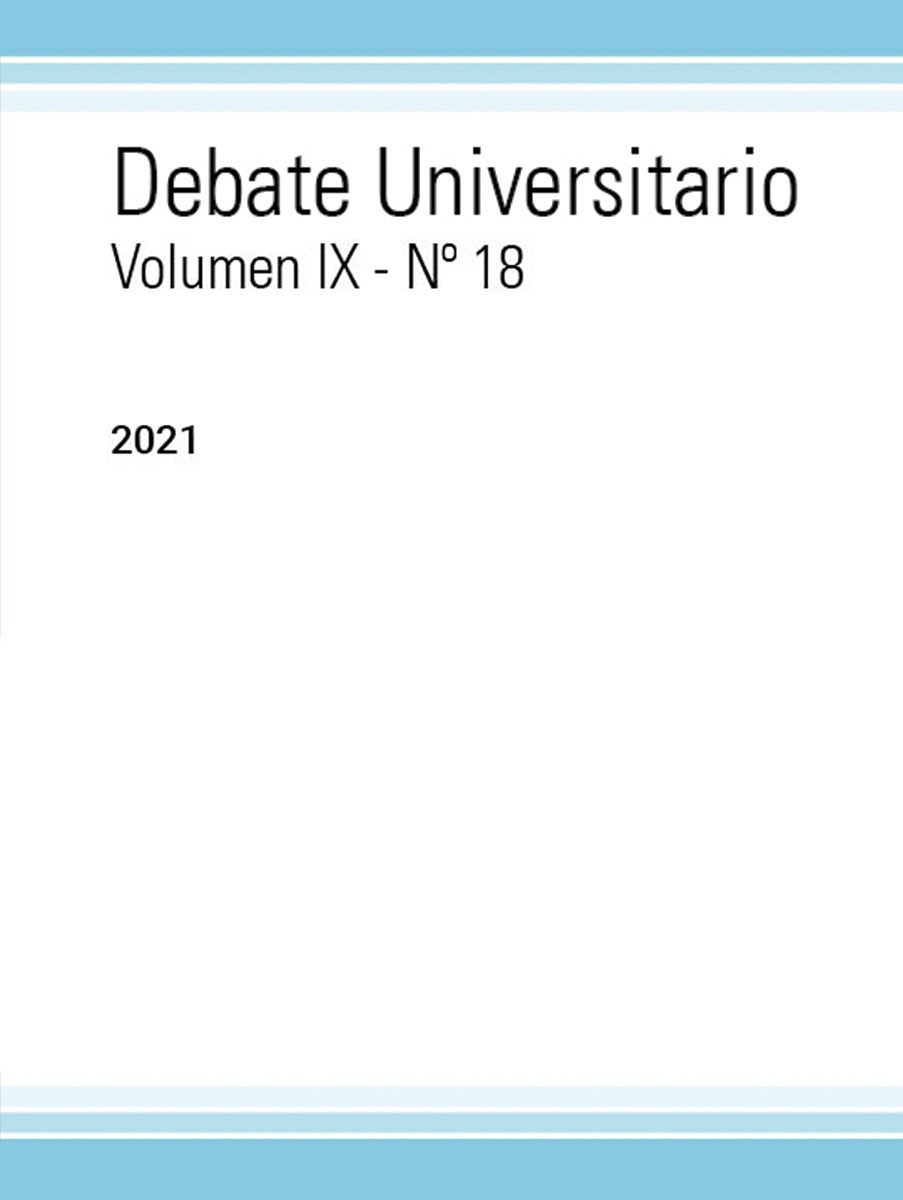Access to public higher education in Ecuador changes in public policy in the period 1969-2010
DOI:
https://doi.org/10.59471/debate202139Keywords:
University, Access, MeritocracyAbstract
The present work indicates some historical antecedents of the conditions of admission to the universities of Ecuador, during the period 1969 -2010, from the period called “free entry” until the creation of the National System of Leveling and Admission (SNNA), through which establishes the conditions for accessing public higher education.
At the end of the sixties, free admission to the university was established as a policy against social inequality with the aim of helping the less favored social classes. At the end of the eighties, the State budget was restricted for higher education, this motivated the establishment of entrance exams in public universities, creating an unprecedented gap. Since the nineties, entrance examinations have been applied as a formula to combat the gap between the number of students who wanted to access higher education, the limited number of places available in universities and the inconsistent budget allocated, without this helping to overcome not even close to the problem.
In May 2000. The Organic Law of Higher Education (LOES) is approved, which establishes that higher education centers in no case will deprive applicants exclusively because they have low levels of economic income. It also provides that the institutions themselves will establish educational credit programs, scholarships, and financial aid.
In 2010, given the inconveniences generated by previous policies, and with the idea that one way to democratize admission to universities was to reward merit, SNNA was created and it was established that admission to public higher education institutions would be regulated by this system, through the completion of the National Exam for Higher Education (ENES) aimed at assessing the aptitudes of applicants and the implementation of leveling and admission courses that allow those who do not pass the ENES to prepare in a preparatory course taught by the universities and polytechnic schools so that they can pass the exam in a subsequent call.
Despite the different efforts, if equal opportunities are tied to the delivery of a standardized entrance test, it ends up restricting the right of people to access the higher education system, since the problem is not only access but also permanence and egress avoiding the “revolving door” phenomenon
Downloads
Downloads
Published
Issue
Section
License
Copyright (c) 2021 José Eduardo Santana, Cecilia Santana (Autor/a)

This work is licensed under a Creative Commons Attribution 4.0 International License.










